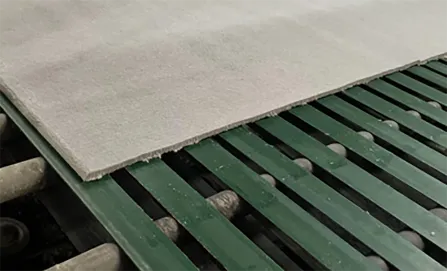Nov . 14, 2024 08:55 Back to list
ceiling t bar
Understanding the Ceiling T-Bar System A Comprehensive Overview
The ceiling T-bar system has become a popular choice in modern construction and interior design, primarily due to its versatility and ease of installation. These systems consist of metal T-shaped bars that create a grid framework, supporting ceiling tiles or panels. This article explores the key elements of T-bar ceilings, their benefits, and applications across various settings.
Structure and Components
A T-bar ceiling comprises several critical components main runners, cross tees, and the ceiling tiles themselves. The main runners run the length of the room, while cross tees connect between them perpendicularly, forming a grid-like pattern. This grid serves as a support structure for the ceiling tiles, which can be made of various materials including mineral fiber, fiberglass, or even metal. The tiles can be easily removed and replaced, allowing for convenient access to electrical and plumbing systems above the ceiling.
Advantages of T-Bar Ceilings
One of the primary benefits of a ceiling T-bar system is its flexibility in design and customization. The grid can accommodate different sizes and styles of tiles, enabling designers to create unique aesthetics that complement various interior themes. Moreover, T-bar ceilings contribute to better acoustics in a space. The ceiling tiles can help absorb sound, making them an excellent choice for offices, schools, and public buildings where noise reduction is essential.
ceiling t bar

Installation is another significant advantage of T-bar ceilings. Compared to traditional plaster or drywall ceilings, a T-bar system is much simpler and quicker to install. The lightweight materials reduce the risk of structural strain, and the modular nature allows for easy modifications and repairs. If a tile becomes damaged or stained, it can be effortlessly replaced without disrupting the entire ceiling.
Applications
Ceiling T-bars are predominantly utilized in commercial environments such as offices, retail spaces, schools, and healthcare facilities. They provide a practical solution for concealing ductwork, wiring, and plumbing, creating a neater appearance. Additionally, they are increasingly used in residential settings, especially in basements and multi-purpose rooms, where functional and aesthetic needs must align.
Conclusion
In summary, the ceiling T-bar system is a versatile and efficient choice for both commercial and residential applications. Its ease of installation, design flexibility, and functional benefits make it a favored option in the realm of interior construction. As architectural trends continue to evolve, T-bar systems will likely remain a staple in the development of modern spaces.
-
Durable Ceiling T Grid Systems | Easy InstallationNewsAug.29,2025
-
PVC Gypsum Ceiling: Durable, Laminated Tiles for Modern SpacesNewsAug.28,2025
-
Pvc Gypsum Ceiling Is DurableNewsAug.21,2025
-
Mineral Fiber Board Is DurableNewsAug.21,2025
-
Ceiling Tile Clip Reusable DesignNewsAug.21,2025
-
Ceiling T Grid Modular DesignNewsAug.21,2025







